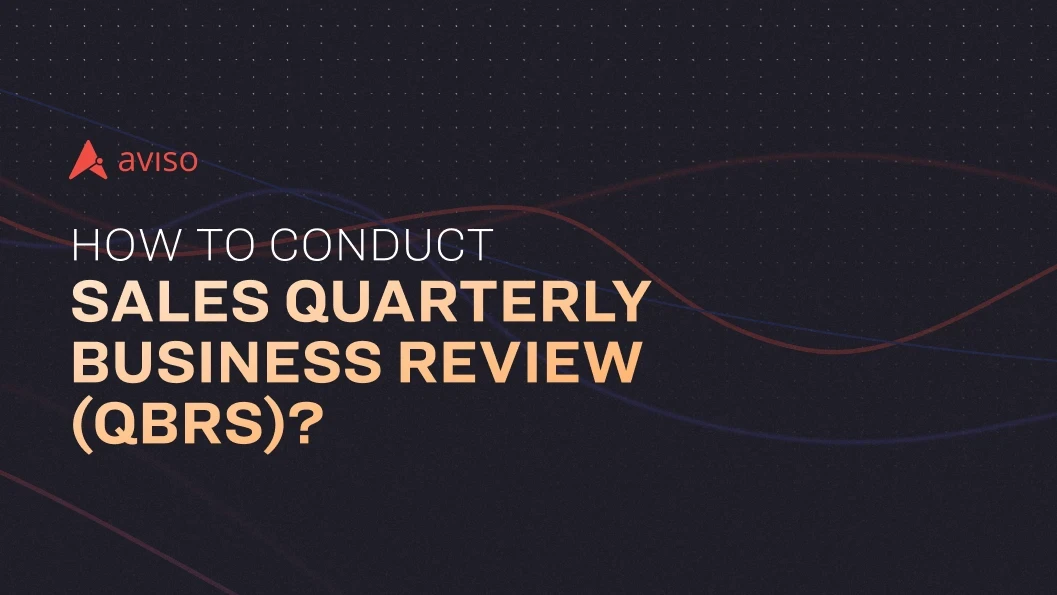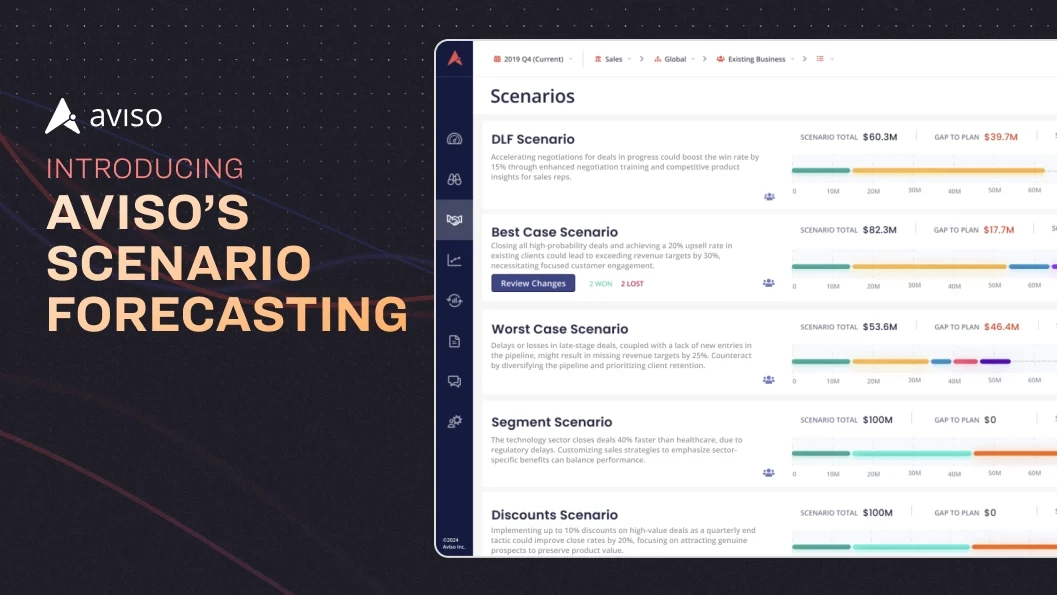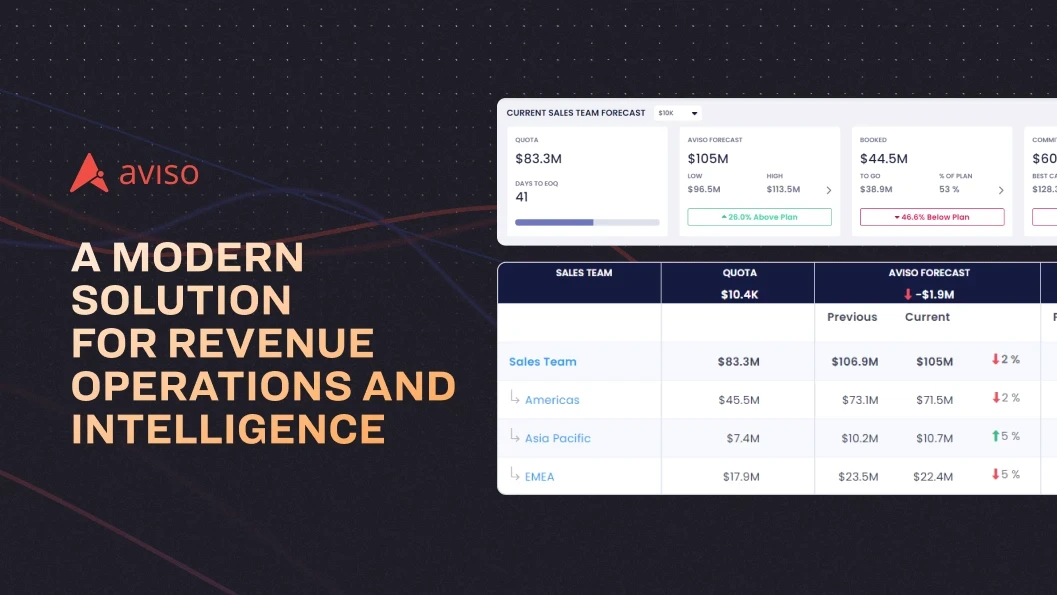How To Conduct Sales Quarterly Business Review (QBRs)?
Oct 19, 2021
A sales Quarterly Business Review (QBR) is an open forum for sales teams to show their strategic planning and critical thinking skills. Though it is a routine process in most sales-driven organizations, it still involves a lot of effort and planning. Let us understand what a sales QBR is, how to conduct it, and some best practices you can incorporate.
What Is A Sales Quarterly Business Review (QBR)?
A sales Quarterly Business Review (QBR) is an opportunity for sales leaders such as sales managers, sales operations, senior sales leadership, etc. to review the previous quarter's performance. It allows sales managers to show the last quarter's results to their leadership or a wider audience, project the forecasts, and plan for future quarters. A sales QBR aims to deep dive into everything that occurred in the previous quarter and creates actionable strategies for the next quarter. It is also an opportunity for the reps to showcase their key skills and explain their plan to meet quotas. For the sales manager, a QBR serves as a forum to praise the reps, provide constructive criticism, and offer actionable advice.
Importance Of Quarterly Business Reviews
Sales organizations work best with accurate feedback from their reps. While weekly discussions are important, sales QBRs provide more depth and insights to plan for the bigger picture. Hence, the importance of sales QBRs include:
Helps determine and plan long-term company goals and objectives
Shows how an individual sales executive or territory manager’s performance contributes to the company objectives
Helps set up accurate promotional guidelines
Provides deeper level feedback that helps with current projects as well as future advancement
Also Read: Sales Enablement Best Practices
How To Conduct Sales Quarterly Business Review?
Follow these steps to conduct an effective sales quarterly review:
Gather all the relevant sales reports:
Preparation is the key to a sales QBR. As a sales manager, your presentation must be detailed and data-driven. Put all your facts and figures in the presentation. Use your CRM to export all the relevant reports (such as QoQ reports by close rate, sales revenue, etc.) and note down what went right and what needs improvement.
Always include sales forecasts:
Though QBRs showcase your performance for the previous quarter, try to show the upcoming results to your audience. Tell about the goals you plan to achieve in the future, areas of improvement, and expected sales projections. Tell me why these matter and what is your plan to achieve them.
Prepare a visually attractive presentation:
A visually attractive and engaging presentation helps support your QBR by driving everyone's attention quickly. Use visuals such as charts, diagrams, icons, and graphs to display your data with clarity. As work presentations often get tedious, it helps to present your data that is neatly arranged and visually appealing.
Show the big picture:
Along with daily operations, showing the big picture is also essential in sales QBR. Including strategies that support company goals helps show the leadership about your company-wide thinking skills and growth mindset.
Stick to strategy and avoid tactics:
Keep your sales QBR a high-level review that focuses on performance, progress towards goals, potential roadblocks, and future opportunities. You can schedule a separate time for any other operational matters, else your QBR will become a problem-solving mess.
Keep it short and crisp:
An effective sales QBR agenda is usually short, without any useless information. Be mindful of your manager's and the audience's time while preparing QBRs. Try to keep things precise and to the point in your presentation.
Share the QBR in advance:
Always try to share your sales QBR agenda in advance with your audience before the presentation, so they can review and prepare their questions. If everyone is well prepared you can spend your time more productively.
Engage with your audience:
Understanding your audience's mood is essential for all presentations, and a sales QBR is no different. Continuously check the engagement levels of your audience. If you see people losing interest, quicken up your presentation or insert some kind of enthusiasm, such as share a quick story or ask them any questions.
Also Read: Importance of Sales Pipeline Management
Sales Quarterly Business Review Best Practices
Below are five best practices you can incorporate for effective sales QBRs within your sales org:
Keep The QBR Process As Simple As Possible:
Try to keep the sales QBR meeting simple, but relevancy is critical. Both the sales manager and the sales rep must use the same data for preparing the presentation. Also, do not force your team to spend hours looking for data. Instead, allow them to spend their time to analyze and understand how they can support business goals.
Deploy Multi-Level QBRs:
For the QBR process to be effective, you need to deploy multiple levels of performance reviews. Start with your front-line sales manager who can review their sales reps. After that, depending upon the sales management levels in your sales org, each level should conduct QBRs at their level. For example, regional sales directors should conduct QBRs with sales managers, and Sales VPs should conduct QBRs with regional sales directors.
Commit To The QBR Process:
For an effective sales QBR process to work in favor of the organization, the sales leadership must commit to performing QBR reviews every quarter without fail. Though it takes a lot of commitment and discipline, if you miss QBRs in any quarter then you'll lose on all the previous effort and positive impact.
Set Up Clear Roles and Expectations:
The real goal of sales QBRs is to review performance and support business goals. For example, a sales manager's role should not be to catch the sales representatives but help with business thinking. Hence, it is critical to set up clear expectations of every individual's role in the QBR process.
Incorporate A Coaching Mindset:
As a sales leader, make sure you incorporate a coaching mindset within your sales org to drive a performance culture. The coaching skill helps facilitate the problem-solving process during QBRs. Believe that your reps have the solution. Ask as many curious and relevant questions from reps rather than telling them your viewpoint or what they should do.
Also Read: How To Develop A Go To Market Strategy
What Are The Sales Metrics To Include In Your QBRs?
Below are the sales metrics that you should focus on for an effective sales QBR meeting. Past:Win rate / Closed deals
Missed or slipped deals
Attainment
Lost deals (that were earlier in commit)
Sales linearity
Average sales cycle
Present:Missed or slipped deals
Average sales cycle
Engagement rate
Future:Pipeline coverage
Best-case pipeline
Commit deals
Most-likely deals
Also Read: How Does Conversational AI Work?
QBR Templates And Examples
A sales QBR template serves as a planner that shows and supports you on how a sales QBR presentation is done. It includes how to pilot your sessions to show your sales performance. A good sales QBR template should help you:
Plan out your presentation and discussion areas for your sessions
Engage your audience and understand their viewpoint
Bring data into your presentation and analyze based on historical performance
Get a snapshot of sales performance for you and your audience to analyze
Take improvement notes on what to fix for the future
Implement a robust sales QBR process by learning from your past mistakes and gauging the effectiveness of your tools and processes, always with an eye towards optimization. In addition, if you’re in the market for a sales forecasting tool, our experts can tell you how Aviso can help achieve your forecasting goals with >98% accuracy, every quarter. Sign up for a free consultation with our expert, and we’ll get you started!







